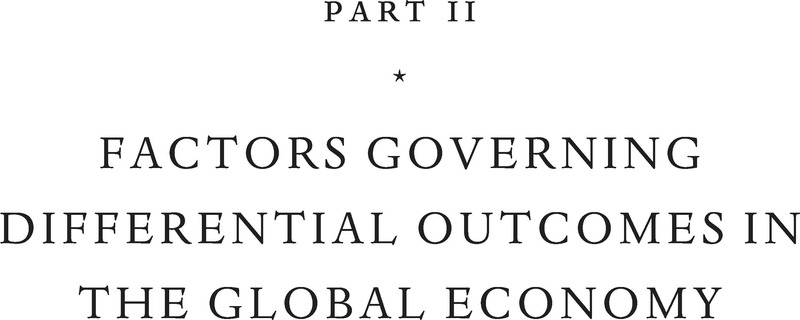Book contents
- The Cambridge Economic History of the Modern World
- The Cambridge Economic History of the Modern World
- The Cambridge Economic History of the Modern World
- Copyright page
- Contents
- Figures
- Tables
- Contributors to Volume I
- Preface and Acknowledgements
- Introduction to Volume I
- Part I Regional Developments
- Part II Factors Governing Differential Outcomes in the Global Economy
- Index
- References
Part II - Factors Governing Differential Outcomes in the Global Economy
Published online by Cambridge University Press: 03 June 2021
- The Cambridge Economic History of the Modern World
- The Cambridge Economic History of the Modern World
- The Cambridge Economic History of the Modern World
- Copyright page
- Contents
- Figures
- Tables
- Contributors to Volume I
- Preface and Acknowledgements
- Introduction to Volume I
- Part I Regional Developments
- Part II Factors Governing Differential Outcomes in the Global Economy
- Index
- References
Summary

- Type
- Chapter
- Information
- The Cambridge Economic History of the Modern World , pp. 287 - 487Publisher: Cambridge University PressPrint publication year: 2021



